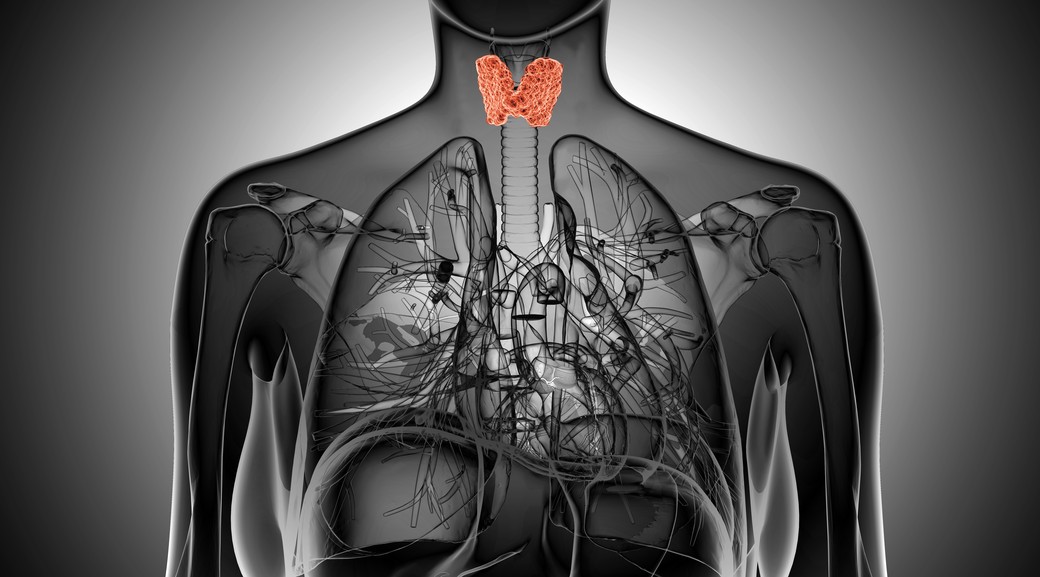
Dangerous Cargo
The average number of rail accidents per year in Canada has changed very little over the years. While it’s fair to say that rail transportation is extremely safe, the number of those accidents which have involved dangerous cargo has risen. The new king of that cargo, crude oil, has had devastating effects on human lives, communities and the environment.
Transport Canada and the Railway Association of Canada boast of the rail safety record in Canada. Considering the huge volumes of cargo and the thousands of kilometres of track over every type of terrain, the safety record is high. About 99.998 per cent of dangerous goods shipments arrive at their destination without incident, according to the Railway Association.
However, organizations such as the Council of Canadians claim the accident figures given out by Transport Canada, for example, are significantly less than reality.
Regardless of this perceived discrepancy, the trend is clear. Rail accidents involving explosive, flammable, toxic or environmentally dangerous cargo have increased. The average number of reported accidents with dangerous goods between 2009 and 2013 is 59 while the number in 2013 alone was 61 and even higher in 2014 at 74.
The impact of some of these accidents, which are so much more dangerous than other accidents or derailments, can be devastating on communities or natural areas.
There are plenty of ideas in the works to improve the situation and some have been implemented since the Lac Mégantic tragedy. Dot 111 tank cars (a type of rail car — the long black, oval shaped one you sometimes see speeding by) have caused problems in the past and are no longer supposed to be used to haul crude oil. However, while it is a step forward it is not the total solution. Some recent derailments with explosions and fires had upgraded rail cars in use.
Calls by communities to know what is passing through their centres have also been heeded somewhat. Last year, the City of Hamilton called for rail companies to share daily, real-time information about shipments within the city, but has since said it is satisfied with amended information-sharing policies. Now that rail companies are to share the possible cargo contents quarterly, and in the case of disaster are to have information quickly available, the hope is that response to a derailment, fire or explosion will be more effective. Rail cars are marked with a label listing the contents inside, but when there is an accident, getting close enough to read the label may be impossible.
The reality is that highly explosive, flammable or poisonous substances will spill if there’s a crash. But are railways totally to blame? According to Hunter Harrison, CEO of Canadian Pacific, railways are required to ship whatever is a legal commodity. But now CP is asking for the ability to refuse shipment of certain goods, or of rolling stock containing dangerous cargo moving through major centres like Toronto and Chicago.
Of course regulatory changes, increased safety standards, better rail cars, better monitoring and maintenance, improved communications, more training for first responders, and reduction of the percentage of cars carrying hazardous goods per train are all steps in the right direction. They’re also steps that the Teamsters Canada Railway Conference has been calling for—in some cases, repeatedly and for a long time.
It seems that it takes a series of disasters, including significant loss of life, to make authorities listen to what the front line workers have been saying for years. Dangerous cargo should be reduced, it should be moved in better rail cars, it should be communicated to the people to whom it really matters, and other factors that increase the likelihood of accident, such as fatigue, should be changed.
In the event of a derailment or accident, the Transportation of Dangerous Goods section of Transport Canada can be reached at:
Ottawa: 613-992-4624
Atlantic: 1-866-814-1477
Quebec: 1-514-283-5722
Ontario: 1-416-973-1868
Photo by: Frederic Dekkal













